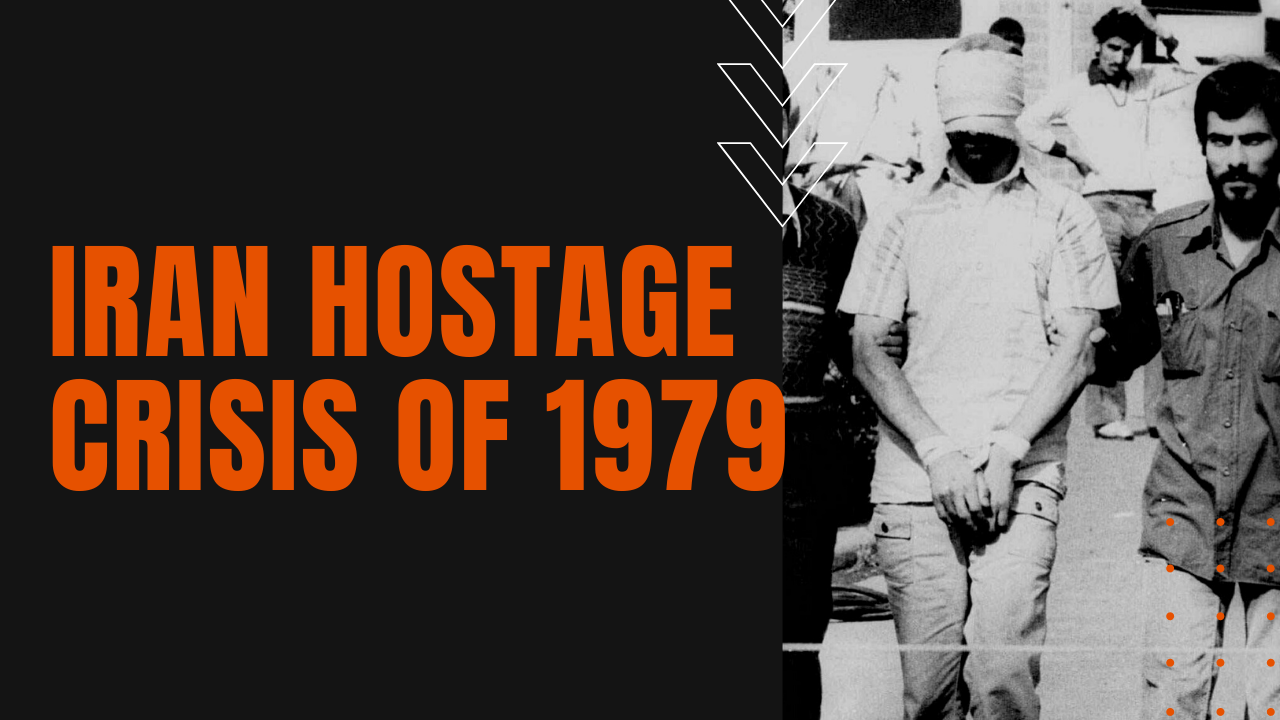Iran Hostage Crisis

During the Iranian Revolution of 1979, violent protests by Muslim college students forced the Shah of Iran, Reza Pahlavi, to flee his homeland for the United States, where he was admitted on compassionate grounds for cancer treatment at the New York Hospital-Cornell Medical Center.
Ayatollah Khomeini Returns
On February 1st, 1979, after fifteen years in exile, Shiite religious leader Ayatollah Khomeini was returned to power by jubilant Iranian revolutionaries eager to see the return of Islamic Sharia law.
Believing that the United States was meddling in Iranian affairs, including perceived attempts to undermine the Iranian Revolution, on November 4th, 1979, members of the Muslim Student Followers of the Imam’s Line stormed the US Embassy in Tehran, taking 52 American diplomats and citizens hostage for the next 444 days of forced captivity.
How Jimmy Carter Handled Iran Hostage Crisis
While President Jimmy Carter froze billions of Iranian assets in the United States, his inability to act decisively during the Iran Hostage Crisis heavily contributed to his landslide loss to Ronald Reagan in the presidential election of 1980.
In September 1980, after the Iraqi military invaded Iran, the start of the Iran-Iraq War hastened the Iranians to the negotiation table with the Americans. Mere hours after Ronald Reagan was sworn into office, the newly-minted President signed the Algiers Accords, which repatriated the hostages back to the United States the following day.
Since the release of the hostages, Iran and the United States continue to have no formal diplomatic relations, other than puppet diplomacy between Pakistan, who serves as Iran’s protecting power, while Switzerland serves as the United States protecting power in Iran.
